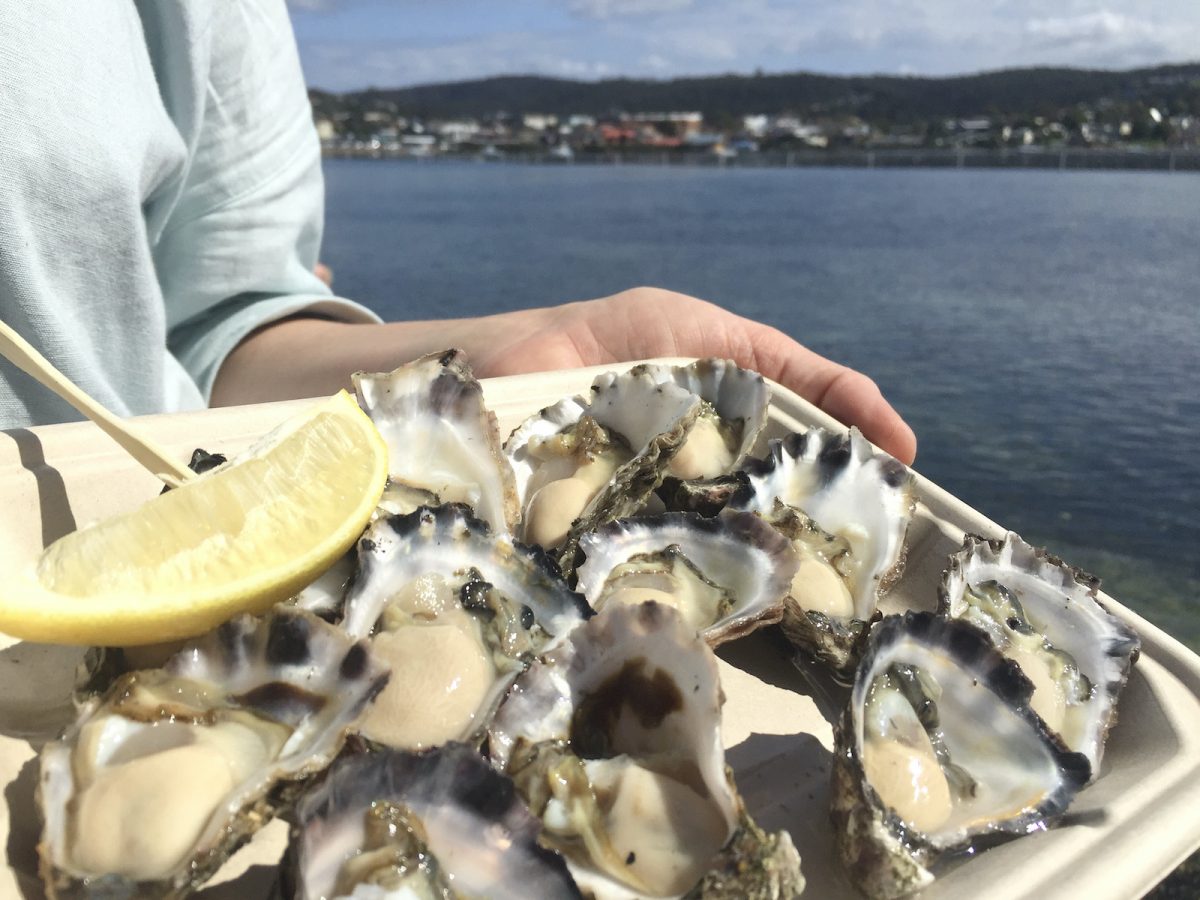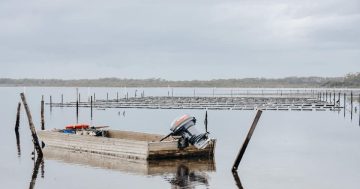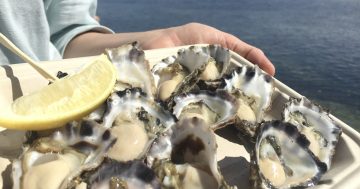
Many of us order seafood – including oysters – for Christmas lunch, but oysters from the South Coast are expected to be in short supply this year. Photo: Lisa Herbert.
At a time when they would normally be gearing up for one of their biggest sales periods, South Coast oyster farmers are instead worrying about being able to even open in time for the holiday season.
Anna Simmons, an industry support officer at Sapphire Coast Wilderness Oysters, an oyster farmer association representing oyster producers, said there was bad news for those looking to order oysters for Christmas lunch.
“There’s definitely going to be an oyster shortage for South Coast estuaries this Christmas,” she said.
“Some people are so heavily reliant on online orders, mail orders and the like these days, and realistically, they’d be going out the door that sort of week prior to Christmas.
“It’s looking very unlikely that there’ll be many estuaries capable of offering that service on the South Coast this year.”
Places including Pambula Lake and Wonboyn Lake were among those most heavily affected by the recent heavy rain, she said, which left houses inundated and brought flooding to parts of the South Coast and Shoalhaven areas of NSW.
Ms Simmons said that while oysters would be in short supply heading into Christmas, she was confident the industry would rebound in early 2024.
“I guess that’s just one thing we would ask consumers is that if you do miss out on oysters this Christmas, you might reconsider in deciding to have them around Australia Day or Valentine’s Day,” she said.
Ms Simmons said the first step in recovering from these weather systems was to take stock of the situation in the water.
“These weather events obviously bring a lot of debris into the estuaries that are normally pristine and that beautiful turquoise green,” she said.
“That’s the immediate thing that farmers are thinking about – they’ve just got to clean up our leases.
“Farmers go out on the first day [after the rain] confronted by entire leases in a jumble and they need to salvage their infrastructure that may or may not still be connected.”
Thinking about the longer term, Ms Simmons said the oyster farmers would face a challenge their fellow farmers knew well: making sure their animals were fed.
“Oysters are filter feeders and so they just shut and they’re not going to eat,” she said.
“They’ll stay shut until the estuarine waters return to their natural levels.
“That’s where the concern always is to farmers, as how long that fresh water stays really dictates the survival rate of our oysters in these events.
“We just hope the salinity comes up quickly and hopefully we see far less mortality rates than we have experienced in the past where salinity has been very low for a long period of time.”
Second-generation oyster farmer Dom Boyton from Merimbula Gourmet Oysters grows Sydney rock oysters and Angazi oysters in Merimbula, and at a smaller farm in Pambula Lake.
“When you get an event like that, selling oysters is not really first on your mind,” he said.
“Getting out in your leases and making sure everything is in order is.”
Mr Boyton is among those currently unable to harvest their oysters.
“200 mm of rain normally shuts us for about 10 days,” Mr Boyton said.
“We have to wait until the oysters are happy and feeding, and all the pollutants have been diluted and everything else has been washed away.”
Mr Boyton said all he could do was clean up what he could and wait until he knew when harvesting could start again.
“You’ve got to be optimistic,” he said.
“I’m pretty confident that we can open before Christmas.
“But whether that will be just before Christmas or we’ll have enough time to get some oysters together for the markets, I don’t know yet.”












